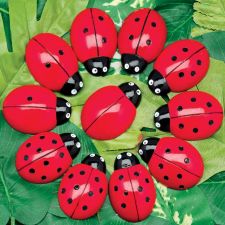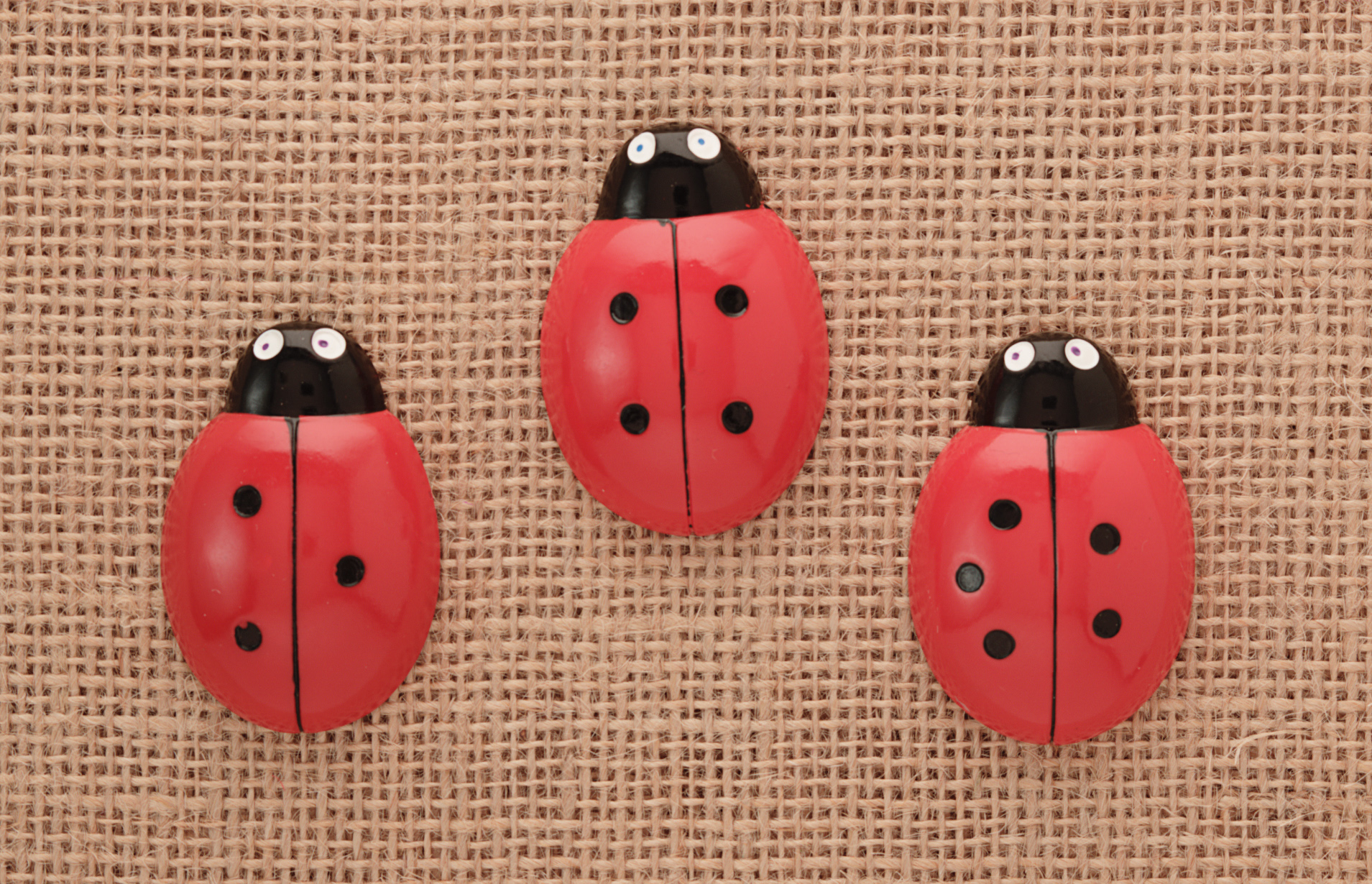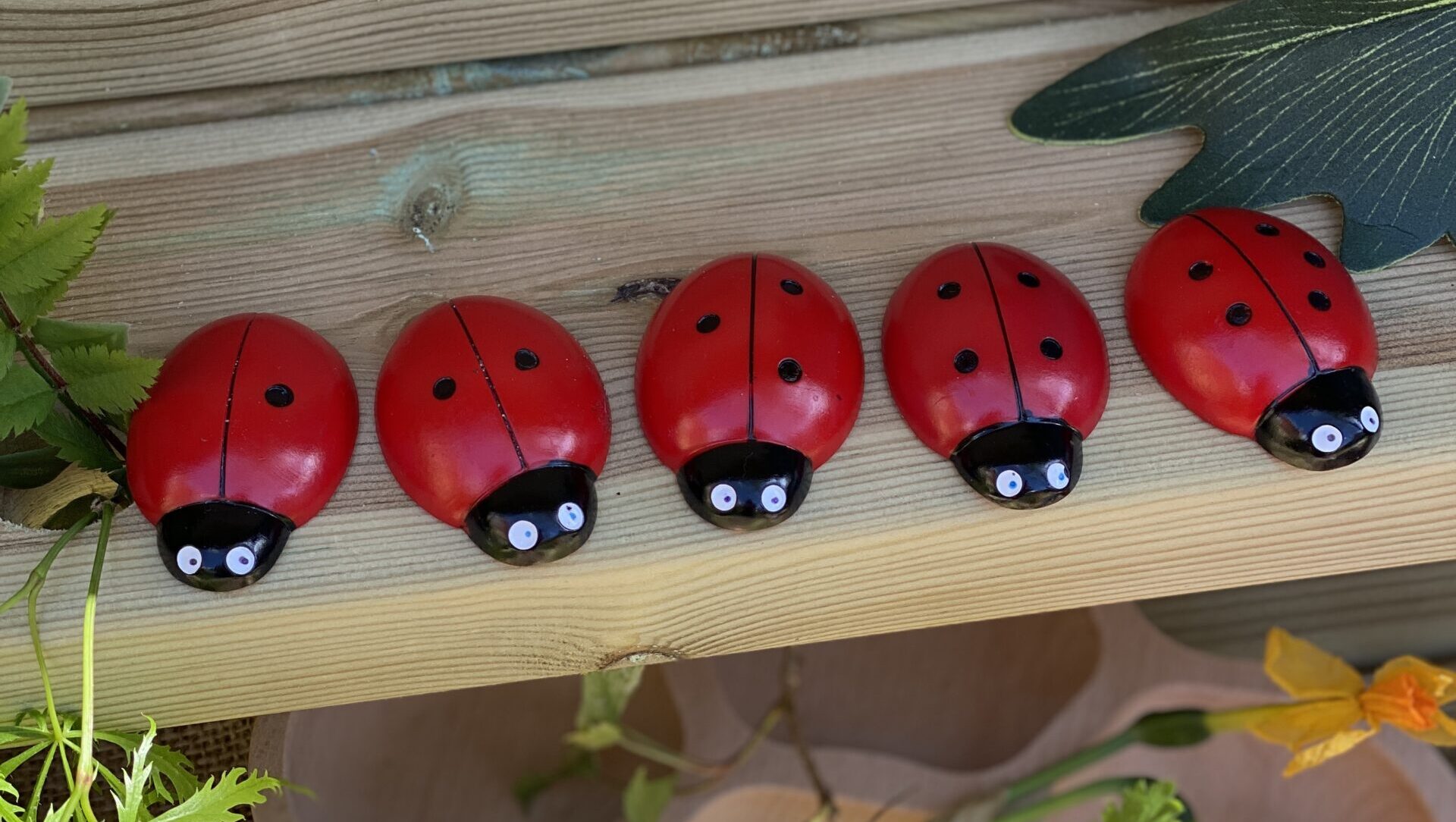Subitising is a term that was coined by the theorist Piaget and defined the ability to instantaneously recognise the number of objects in a small group without the need to count them. An example often used to explain this, is to think of a die – we immediately recognise the number of dots without having to count each one individually.

Studies have found that most adults can subitise groups of items up to five. This is known as perceptual subitising. Beyond five, other mental strategies come into play for identifying the number of items in a group without counting them individually. These require some understanding of grouping and basic mathematics. For instance, when we see six dots on a die, we actually break this down into two groups of three which, when combined, gives us six. This is known as conceptual subitising and is an essential element for developing mathematical skills.
Why is subitising important?
As any early years teacher knows, the predominant focus of the early maths curriculum is development of an understanding of number. Subitising is an essential part of developing number sense in early years children by helping them to relate numbers to actual items or groups of items. This is known as number conservation. It is not uncommon that young children learn to count by rote but do not really understand the meaning behind what they are doing. By looking at groups of items, children can start to develop an understanding of how a number is made up: for example, seven dots could be a set of three dots and a set of four dots, or a set of six dots and one dot. This understanding of part-part-whole relationships helps children to separate and combine numbers and accelerates understanding of addition and subtraction.
Including subitising in early number activities
Young children particularly enjoy the physical manipulation of objects. This gives teachers the opportunity to develop a number of fun and engaging subitising activities that encourage children to be excited about mathematics.

This is why Ladybug Counting Stones are an ideal choice for the classroom. Their colourful design will naturally appeal to young children and, because they are waterproof, they can be used for both indoor and outdoor play activities, including sand and water.
Teachers can assess children’s developing understanding by asking key questions such as:
- How many dots do you see?
- How do you know how many dots there are?
- Did anyone work out the number of dots differently? (Children will group in different ways)
- How many dots to you need to make…?
Why not use Ladybug Counting Stones along with Number Pebbles and Sorting Stones to aid in the development of number sense and provide children with a range of games and activities that will keep them engaged with mathematics?
Further sources of information about subitising and number sense in early years children
Numerical mechanisms and children’s concept of numbers: http://web.media.mit.edu/~stefanm/society/som_final.html
Number Sense Series – Developing early number sense: http://nrich.maths.org/2477

